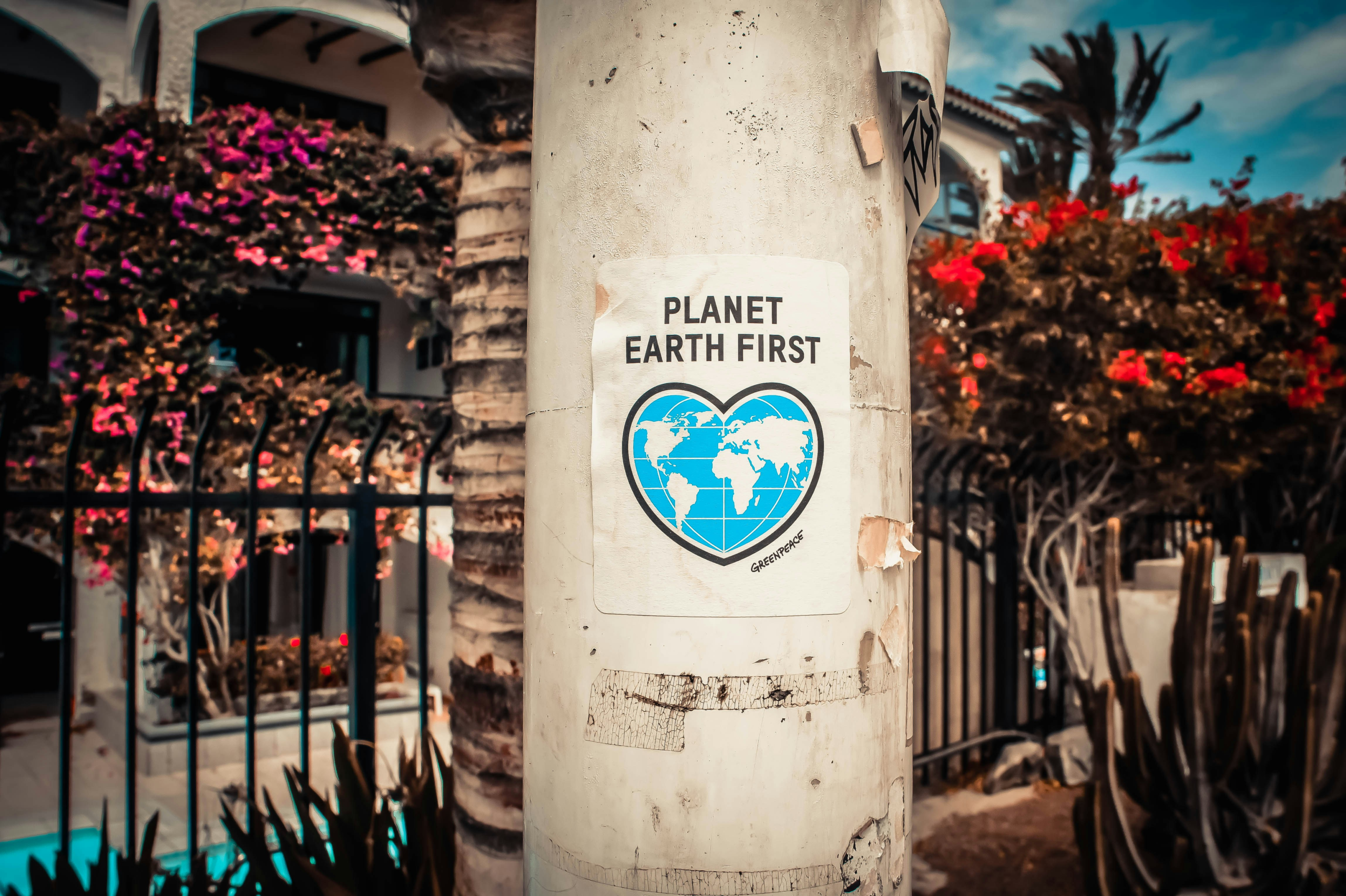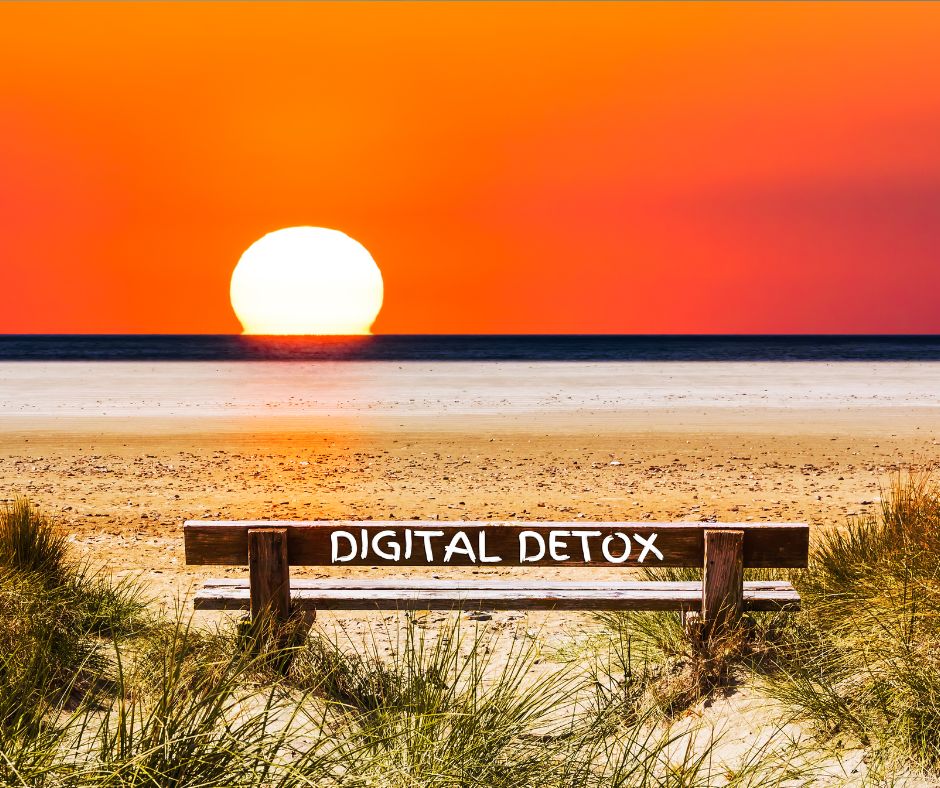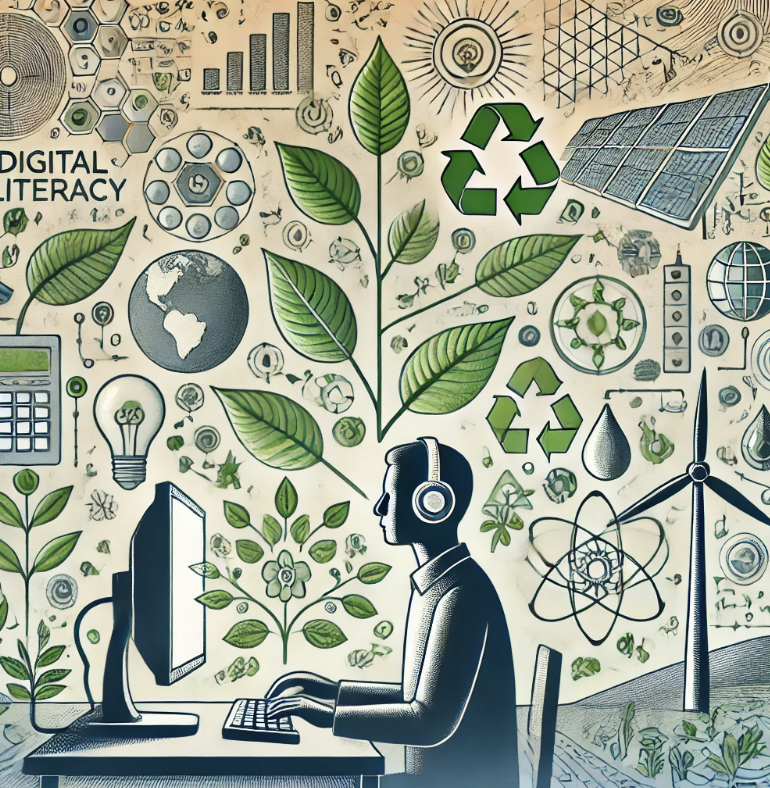Do you want to learn more about GNET ?
Click on the button below and download the guidelines for moderators to host debates.

1. The relationship between digital technology and environmental sustainability
Digital transformation is driven by fast-paced technological change which seeks to transform and make more efficient global processes across sectors. Environmental sustainability is driven by climate change and environmental impact and geopolitical instability.
Although digital technology and environmental sustainability may seem unrelated, these concepts can often complement and support each other. Our expert, Dr Ruth Daly, University of Leeds, explains how you can use digital to practice sustainability and discusses the principles of good environmental governance.
Digital technology is an essential tool for organisations to reduce their carbon footprint and practice sustainability. A heritage organisation can use digital to develop sustainable practices to differentiate itself and gain long-term viability among local councils, external stakeholders and local community groups.
Sustainable practices also help to contribute to the United Nations Sustainable Development Goals (SDG) and work towards a net-zero future. These activities require collective action to be effective. By utilising the UN’s Sustainable Development Goals as a framework, your organisation can contribute to positive global change.
Here are some areas where you can use digital to practice environmental sustainability:
Green energy – investigate how your organisation can move to green sources of energy generated from natural (solar, wind, water) and renewable sources.
Smart recycling systems – these recycling systems use image recognition to work out what an item is made from and then indicate which bin it should be put in. This reduces’ visitors confusion over complicated recycling systems, enabling them to recycle correctly.
Smart waste management – these systems employ sensors, monitors and mobile apps to make waste collection more efficient, so enrolling in a smart waste service can help reduce CO2 emissions and fuel consumption.
Clean mobility – consider transport strategies that focus on zero emissions and cleaner fuel, such as a transition to using cleaner vehicles, installing charging stations for electric vehicles on your site and supporting cycle to work schemes and carpooling.
Circular economy – this economic model emphasises reuse and the reduction of waste. You could for example consider using digital to help you track and monitor use of consumables and the extent you reuse or recycle.
Sustainable food – there are a number of approaches that support reducing waste in the food supply chain, sustainable farming practices and environmental welfare. You could explore apps and digital technologies which support food sharing in your area and, if your organisation oversees agricultural land, invest in smart farming technologies and techniques.
Water systems – sustainable water systems reliably supply water without exhausting the supply or having a negative impact on the environment. You could install digital water systems to monitor water usage and consider rainwater collection and recycling systems.
Responsible production and consumption in IT – your organisation could use energy-savings certified office equipment with multi-functions and low-power modes; adopt video teleconferences to reduce travel; extend the life of personal appliances; or promote recycling and the proper disposal of electronics to reduce consumption and waste.
2. The fundamental principles of good environmental governance
Responding to environmental crises demands new approaches that prioritise resource conservation and environmental, social, and corporate governance (ESG). The United Nations Institute for Training and Research (UNITAR) outlines the fundamental principles of good environmental governance:
Participation: Good environmental governance needs to be participatory. Participation can happen directly or through legitimate institutions or representatives. It includes the obligation of providing information. The rights of free association and freedom of expression are fundamental to participation.
Rule of law: Good environmental governance requires fair legal frameworks that are enforced impartially. The judiciary and executive powers need to be impartial and incorruptible.
Transparency: Transparency means that the decision-making process, as well as the enforcement of decisions, follows rules and regulations. Information needs to be freely available and directly accessible to whoever will be affected by the decisions and their enforcement. Information needs to be provided in an easily understandable form and through appropriate media that reaches the people concerned.
Responsiveness: Good environmental governance requires that institutions and processes try to respond to all stakeholders within a reasonable time.
Consensus-oriented: Good environmental governance requires that different interests are considered and that decisions follow the objective of reaching a broad consensus on what is in the best interest of the whole community.
Equity and inclusiveness: Good environmental governance does not only serve the interests of the mainstream, but includes also its most vulnerable and minority groups.
Effectiveness and efficiency: Good environmental governance means that processes and institutions produce results that meet the needs of all stakeholders while making the best use of resources at their disposal. The concept of efficiency in the context of good governance also covers the sustainable use of natural resources and the protection of the environment.
Accountability: Accountability is a key requirement of good environmental governance. Organisations must all be accountable to those who will be affected by their decisions or actions.
The key points to remember are:
Digital technology is a valuable tool for organisations to reduce their carbon footprint and practice sustainability.
Digital technology and environmental sustainability are often mutually reinforcing.
Heritage organisations can use digital to practice environmental sustainability across a range of activities.
Heritage organisations can use digital to contribute to the United Nations Sustainable Development Goals and so contribute to positive global change.
3. Next steps
Below are some principles to help you develop a sustainability strategy for the digital age:
Understand how the activities of your heritage organisation create or reduce societal value by analysing the types of activity, outcomes, and the social, environmental and economic impacts of the organisation.
Rethink your services – their use and design – and understand conflicting objectives.
Engage strategically with an expanded list of your value chain stakeholders.
Build capabilities and train employees to develop an awareness of the environmental implications of what they do to become owners of sustainability in your organisation.
Each principle requires a strategic action designed to pursue a sustainable balance of value creation with your partners and the wider community.
Source: culturehive.co.uk
You must be logged in to post a comment.








Click on the button below and download the guidelines for moderators to host debates.
Wow, this article is a goldmine of innovative ideas for integrating digital technology with environmental sustainability! The way it highlights the intersection between digital transformation and green practices is truly inspiring. From smart recycling systems to clean mobility strategies, it’s clear that the potential for positive impact is enormous. I especially love how it emphasizes the role of heritage organizations in contributing to the UN’s Sustainable Development Goals through digital initiatives. This piece is not just informative but also a call to action for organizations to embrace sustainability in the digital age. Count me in for this exciting journey towards a greener future!
Great read, thanks for sharing! Dr. Ruth Daly’s points really make it clear how digital tech isn’t just cool and innovative but also a game changer for sustainability. I’m particularly impressed with the smart waste management systems—using tech to sort recycling and reduce emissions is exactly the kind of practical solution we need.
It’s also really interesting to think about heritage organizations not just preserving history but leading on future sustainability. They have a unique position in the community and can really set a good example.
The good governance principles from UNITAR were an eye-opener, too. Making sure everyone is on board and accountable is key, especially as we try to integrate these new technologies ethically.
We definitely need to keep pushing on this and make sure these tech solutions are not just adopted, but also continuously evaluated to make sure they’re really helping and not just ticking boxes. Thanks again for such an insightful post!
Dr. Ruth Daly’s insights on how digital technology can contribute to the United Nations Sustainable Development Goals are very relevant. By concentrating on areas like smart waste management and clean mobility, organisations can genuinely make a difference in tackling climate change.